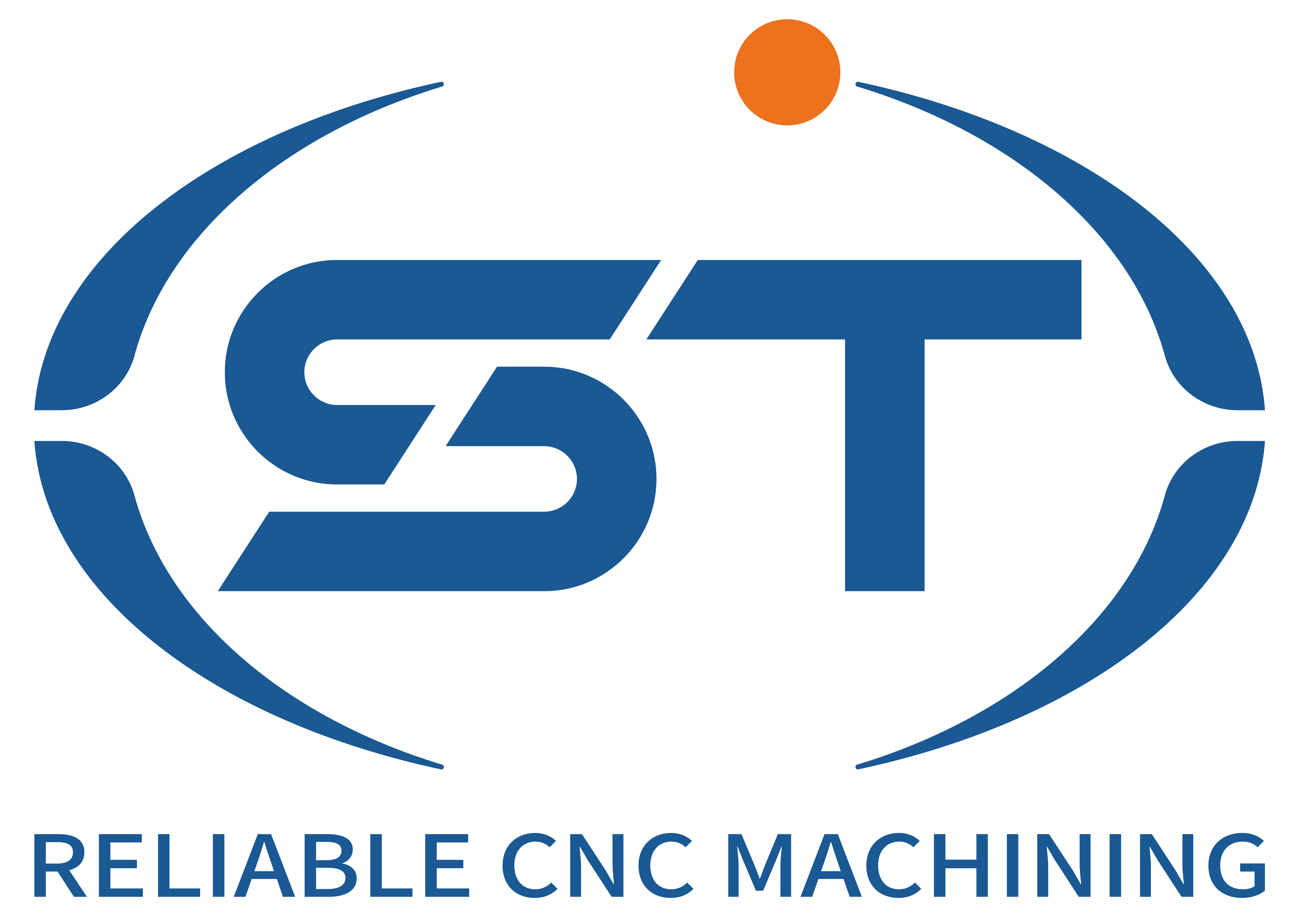Automated Production Lines in , ваш успех - наш приоритет. С круглосуточной командой, реагирующей 24/7, мы гарантируем ответ в течение 4 часов на любой запрос, гарантируя, что ваши проекты идут по плану. Независимо от того, нужен ли вам расчет, техническая поддержка или индивидуальные решения, наши сертифицированные по ISO эксперты предоставляют надежный комплексный сервис, адаптированный под ваши потребности. for Automotive Components
The automotive industry’s push for efficiency, precision, and scalability has driven the widespread adoption of automated CNC production lines. These systems integrate robotics, advanced sensors, and intelligent software to streamline manufacturing processes, reduce human error, and enhance productivity. Below are key aspects of designing and implementing automated CNC production lines for automotive components.
Содержание
ПереключениеIntegration of Robotics and Material Handling
Automated CNC production lines rely heavily on robotics for seamless material handling and part transfer. Industrial robots equipped with grippers or vacuum systems load raw workpieces into CNC machines, unload finished parts, and transport them to subsequent stations (e.g., deburring, inspection, or packaging). This minimizes downtime between operations and ensures consistent cycle times.
For complex parts requiring multiple machining steps, robotic arms can reorient workpieces dynamically, enabling multi-sided processing without manual intervention. For example, a robot might flip a transmission housing to machine different faces in a single setup, improving accuracy and reducing setup errors.
Material handling systems also include automated storage and retrieval (AS/RS) units, which supply raw materials and store finished parts. These systems use conveyors, shuttle systems, or autonomous guided vehicles (AGVs) to optimize workflow and reduce labor-intensive tasks.
Real-Time Monitoring and Quality Control
To maintain high standards in automotive manufacturing, automated CNC lines incorporate real-time monitoring and quality control systems. Sensors embedded in machines track cutting forces, tool wear, and vibrations, enabling predictive maintenance to prevent unexpected breakdowns. For instance, vibration analysis can detect tool chatter before it affects surface finish, triggering automatic tool changes or parameter adjustments.
In-process inspection systems, such as laser scanners or vision cameras, verify dimensional accuracy and surface quality during machining. If deviations are detected, the system can halt production or adjust parameters in real time to correct issues. Post-machining inspection stations may use coordinate measuring machines (CMMs) or non-contact sensors to ensure parts meet tight tolerances before assembly.
Data analytics platforms aggregate sensor data to identify trends, optimize processes, and reduce waste. For example, analyzing tool life data can reveal patterns in wear rates, guiding maintenance schedules and improving cost efficiency.
Flexible Manufacturing Systems (FMS) for Adaptability
Automotive production often requires flexibility to accommodate design changes, short production runs, or custom orders. Flexible manufacturing systems (FMS) in CNC automation enable rapid reconfiguration of production lines to switch between part types or materials.
An FMS typically consists of multiple CNC machines linked by a centralized control system and robotic material handlers. When a new part design is introduced, the system can reprogram toolpaths, adjust fixtures, and reallocate robots to new tasks with minimal downtime. This adaptability is crucial for industries like automotive, where model updates or variant production are common.
Modular tooling and quick-change fixtures further enhance flexibility. For example, palletized workholding systems allow machines to switch between different part families by simply exchanging pallets, reducing setup times from hours to minutes.
Digital Twins and Simulation for Process Optimization
Before deploying an automated CNC line, manufacturers use digital twin technology to simulate and optimize workflows. A digital twin is a virtual replica of the physical production line, incorporating machine specifications, robot kinematics, and part geometries. By running simulations, engineers can identify bottlenecks, collision risks, or inefficiencies in toolpaths.
For instance, a simulation might reveal that a robot’s movement path causes interference with a machine enclosure, prompting a redesign before installation. Similarly, virtual commissioning tests the entire system’s logic—including robot programming, machine interactions, and safety protocols—to ensure seamless operation.
Digital twins also enable continuous improvement. By comparing real-world production data with simulated models, manufacturers can refine processes, reduce cycle times, and enhance overall equipment effectiveness (OEE).
By leveraging robotics, real-time monitoring, flexible systems, and digital twins, automotive manufacturers can achieve highly efficient, scalable, and adaptable CNC production lines. These advancements not only boost productivity but also ensure the consistency and quality demanded by the automotive sector.




